No products in the cart.
NEWS
Essential Plants and Tools for a Thriving Fall Vegetable Garden
As an avid gardener always seeking to maximize my yield, I understand the challenge of limited space in a home vegetable garden. Yet, the arrival of fall presents a wonderful opportunity to plan with precision and cultivate a bounty of cool-season crops. While my yard features many ornamental plants, I dedicate specific areas – including raised beds, containers, and grow bags – to growing delicious vegetables and herbs. Even as the last of the summer harvest comes in, my focus is already on selecting and planting for the cooler months ahead. Fall is truly a prime season for growing crops that not only tolerate but thrive in colder temperatures.
Drawing inspiration from techniques that boost productivity, like maximizing planting in defined areas, I’ve learned to make the most of every square inch. This year, I’m even planning to expand my growing space by adding new planters to my patio. Whether you’re just beginning your vegetable gardening adventure or looking to enhance your fall harvest, let me share some essential plants and tools that are on my must-have list for a successful season, inspired by my experience here at Biogarden.asia.
Essential Fall Crops: Root Vegetables
Root vegetables offer incredible flavor and versatility in the kitchen. There’s a unique satisfaction in growing vibrant varieties that can brighten up a salad or release their natural sweetness when roasted. The primary test with root crops is patience – waiting for that hidden treasure beneath the soil line to mature requires faith and anticipation.
Carrots are a household staple for me, so I always make sure to include a reliable classic variety alongside something a bit more visually exciting. Imagine pulling up a blend that offers five distinct colors! This variety brings hues from deep red and cosmic purple to sunny yellow, lunar white, and sweet bambino. It’s a true feast for the eyes before they even make it to the plate, offering a delightful mix of flavors and textures perfect for any fall meal.
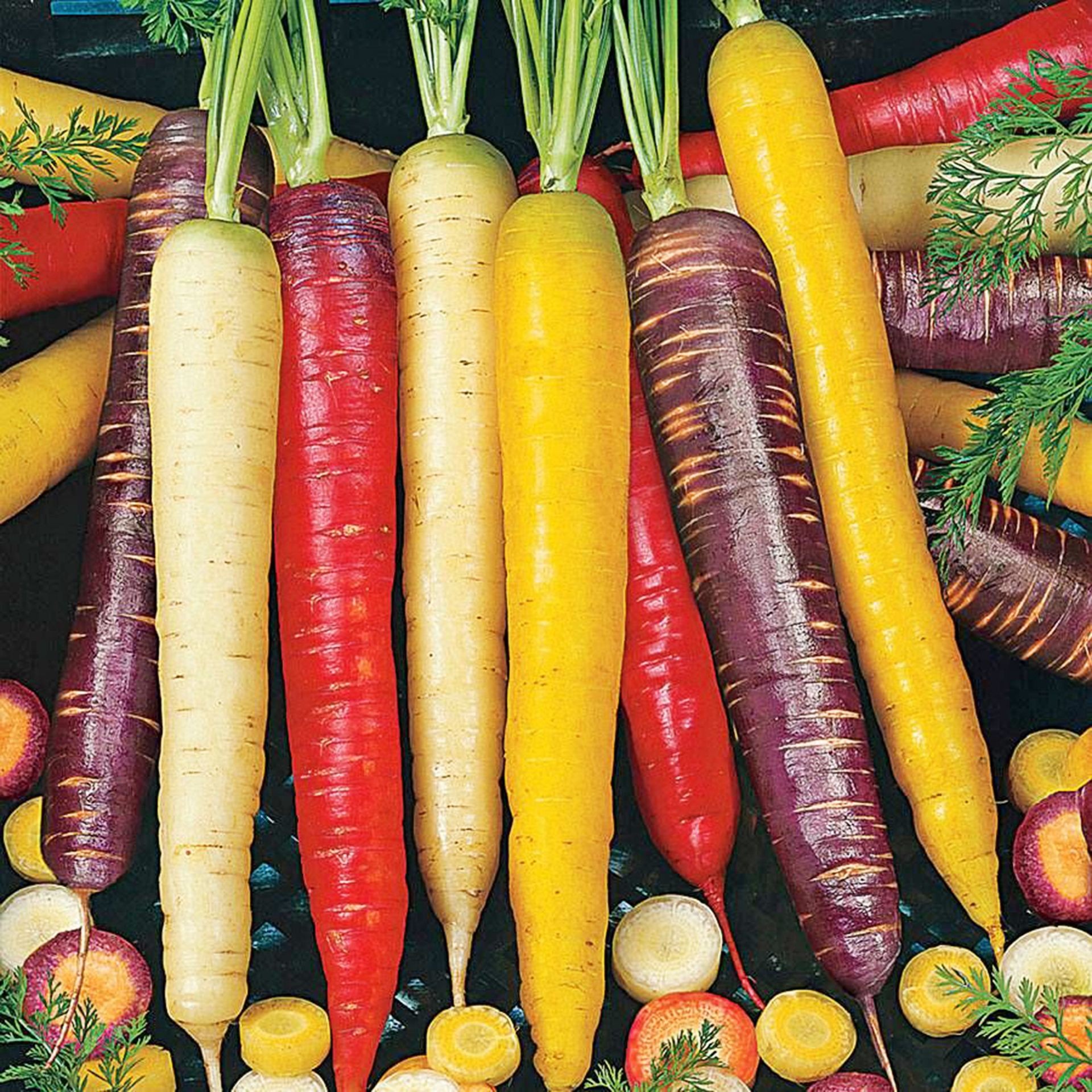 Harvested colorful rainbow blend carrots for a fall vegetable garden.
Harvested colorful rainbow blend carrots for a fall vegetable garden.
One of my favorite ways to enjoy beets is harvesting them when they are still tender and young. This makes them perfect candidates for intercropping, strategically planted between slower-growing crops to utilize space efficiently and maximize the overall plot yield. The classic Dark Red beet is a fantastic choice – a reliable heritage variety that excels whether eaten fresh or preserved. Beyond their culinary uses, beets add such attractive foliage to the garden with their vibrant red roots and lush, edible leaves.
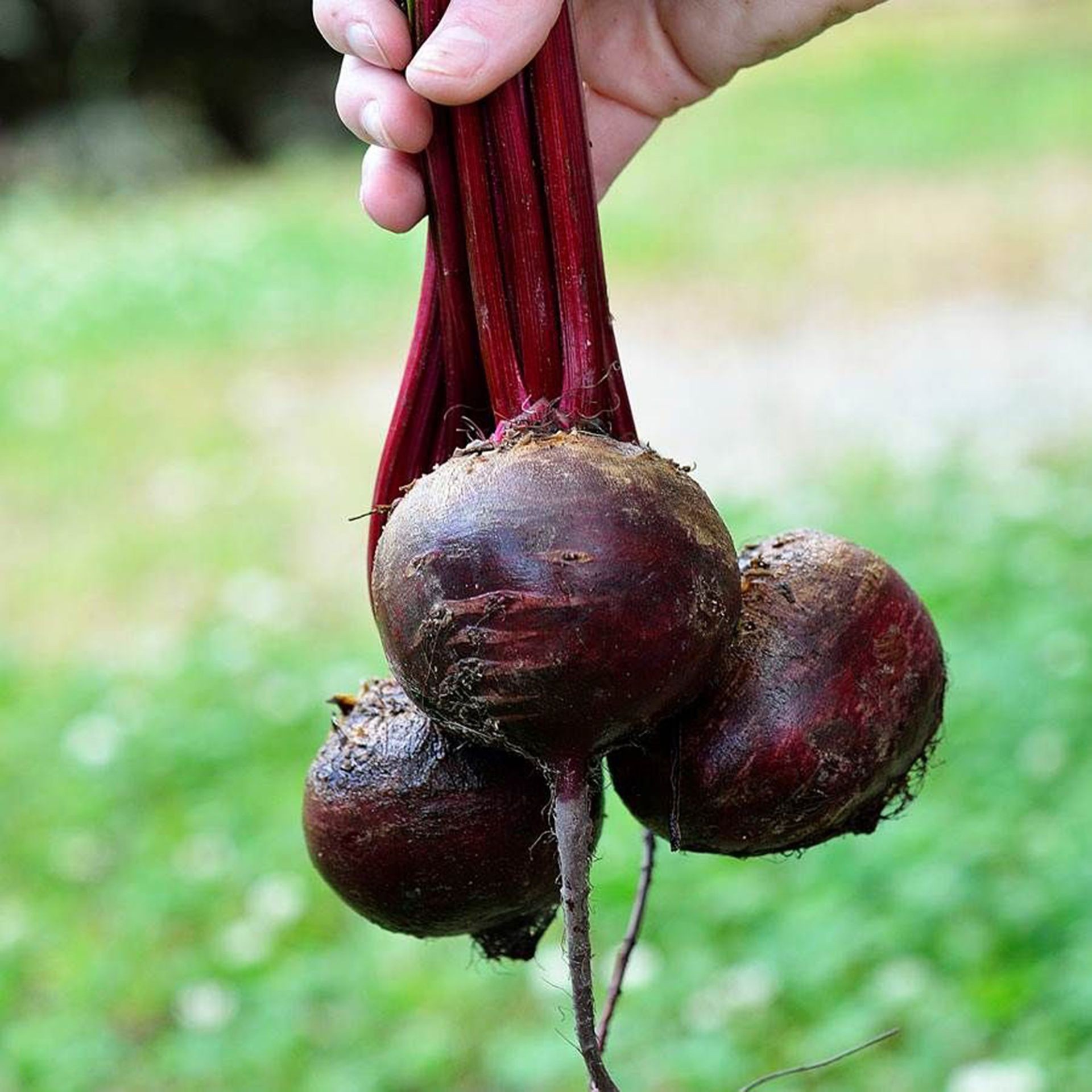 Freshly harvested deep red Detroit beets from a home garden.
Freshly harvested deep red Detroit beets from a home garden.
If radishes haven’t made it into your garden yet, this fall is the perfect time to change that. These little gems are incredibly fast growers, often ready for harvest in just four weeks, and they take up minimal space. I frequently tuck a few radish seeds into the gaps between other plants. A crisp hybrid variety, for example, offers a sweet, mildly peppery flavor and a satisfying crunch. Its striking watermelon-red skin and crisp white interior make them visually appealing in any dish. As a hardy option, this type of radish handles fluctuating cool weather well and is generally resistant to common issues, making them a reliable fall crop.
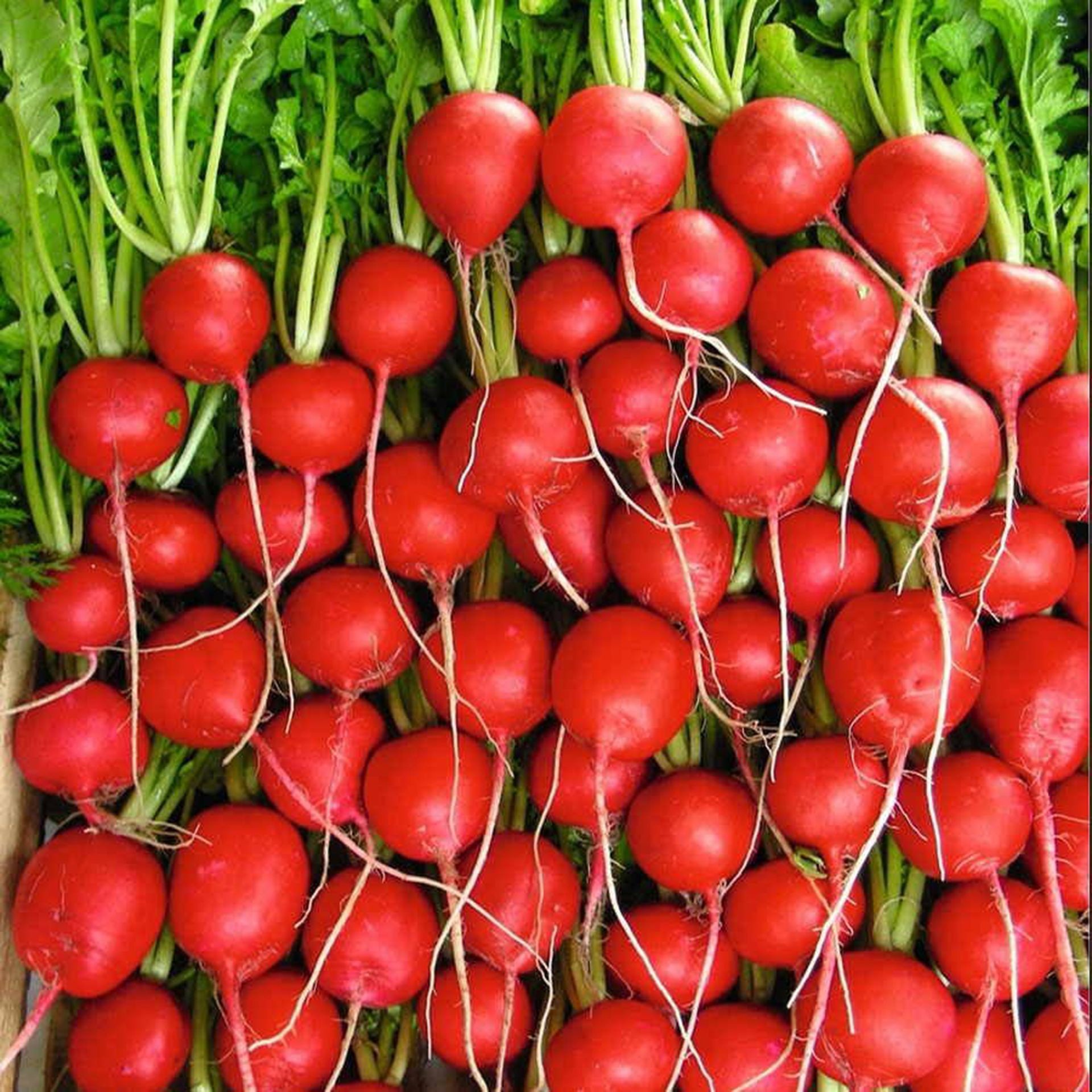 Crisp hybrid radishes harvested, showing their red skin and white interior.
Crisp hybrid radishes harvested, showing their red skin and white interior.
Essential Fall Crops: Leafy Greens
Leafy greens are among the most nutritious vegetables you can cultivate, and many varieties flourish in cooler conditions. I often prefer to harvest them using the ‘cut-and-come-again’ method, which allows me to snip fresh leaves every few days, ensuring a continuous supply throughout the season.
Swiss chard holds a special place in my garden because it’s not only stunning to look at but also wonderfully delicious in stir-fries and other dishes. A vibrant mix, like ‘Bright Lights,’ brings a kaleidoscope of colors with stems in cheerful yellow, vibrant pink, rich crimson, sunny orange, deep purple, crisp white, and classic green. These plants are relatively quick to mature, often ready for their first harvest about 60 days after sowing.
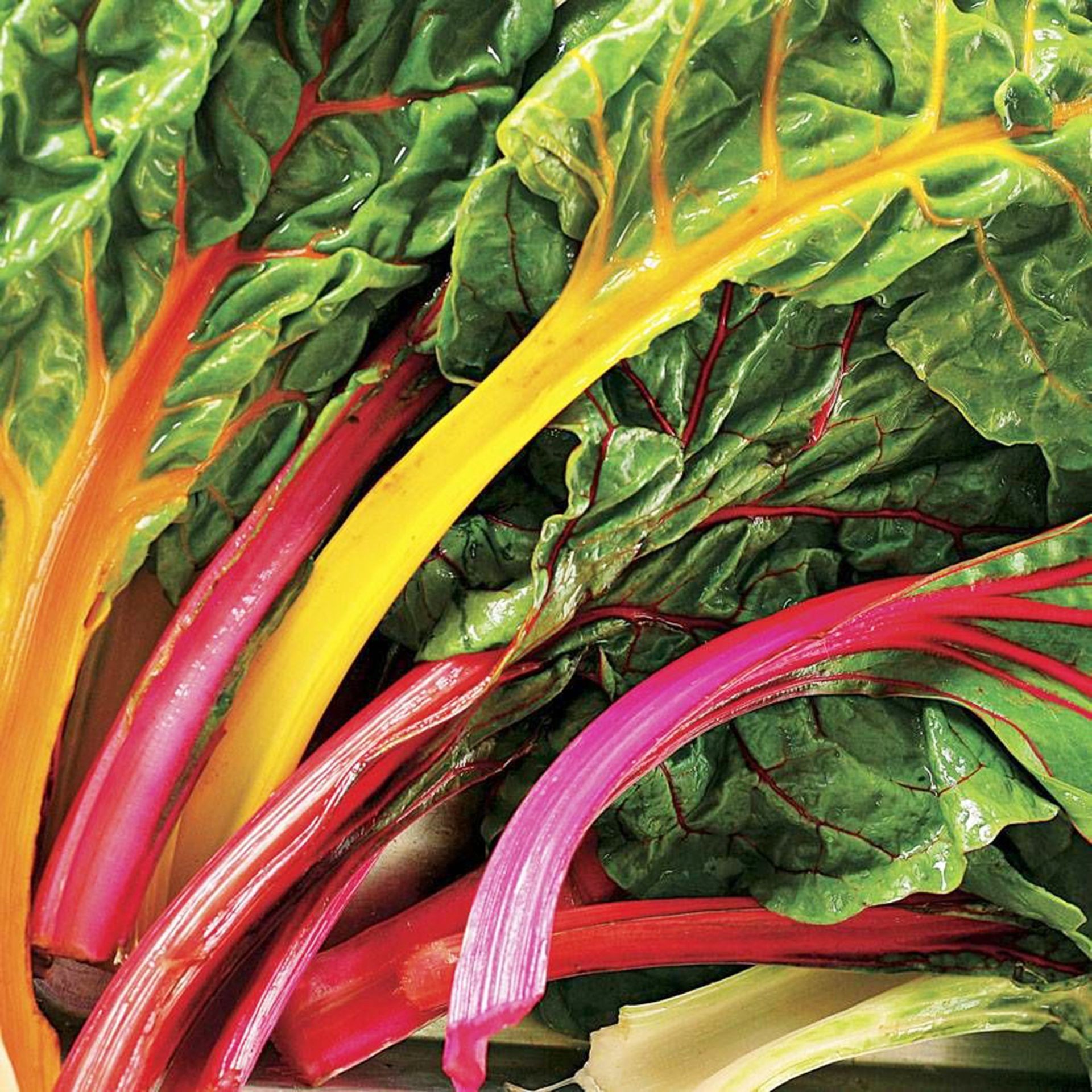 Vibrant stems and lush leaves of Bright Lights Swiss chard growing in a garden.
Vibrant stems and lush leaves of Bright Lights Swiss chard growing in a garden.
Kale is a nutritional powerhouse, packed with vitamins and antioxidants, and I love incorporating it into various recipes. This fall, I’m excited to grow a classic Italian heritage variety known for its robust plants, generous yields, and excellent flavor. The leaves can grow quite long, and when harvested from the base, the plant develops a striking form that almost resembles a tropical palm tree in the garden bed.
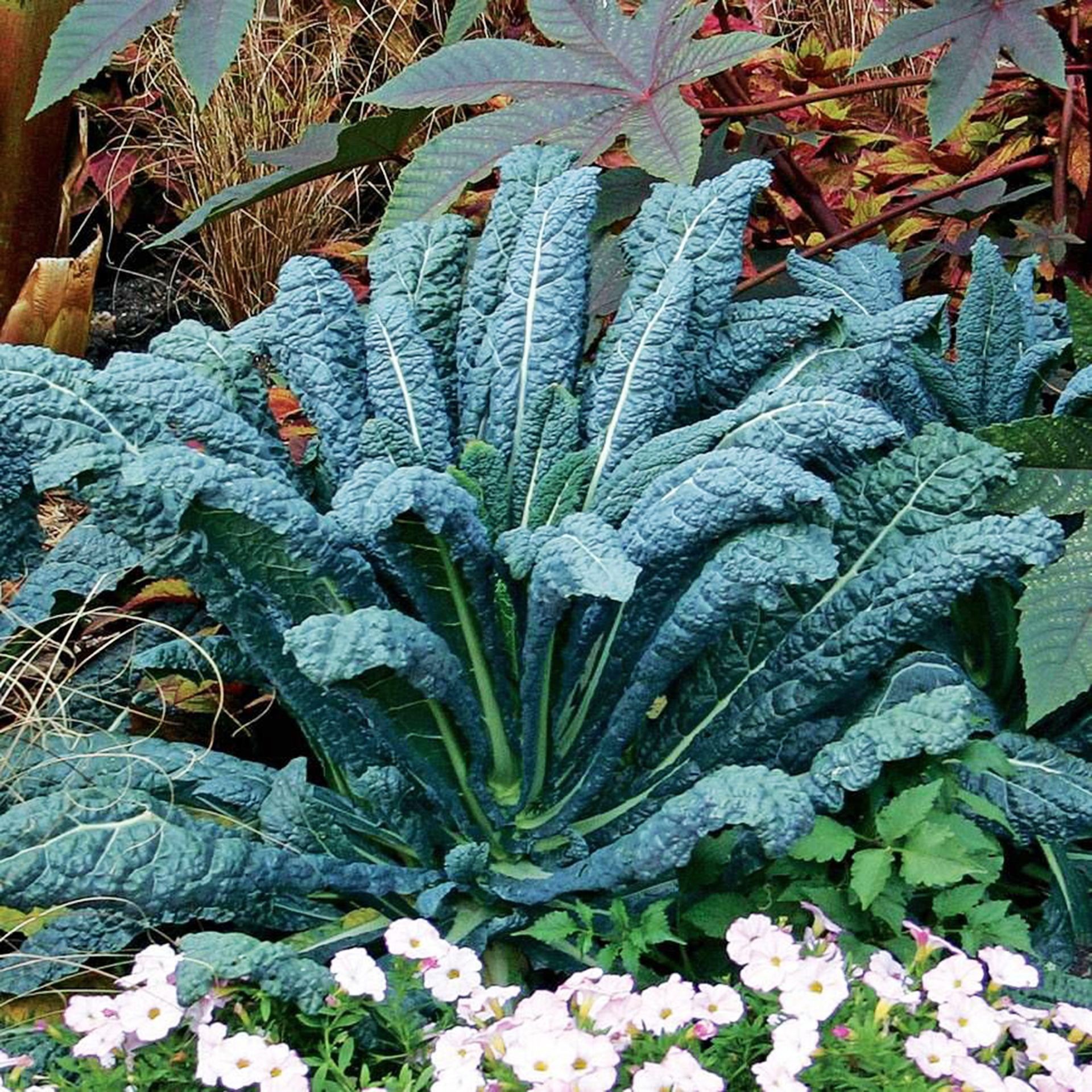 Textured, dark green leaves of Lacinato kale ready for harvest.
Textured, dark green leaves of Lacinato kale ready for harvest.
My last attempt at growing spinach was quickly thwarted by the local slug and snail population. Learning from that experience, this year I plan to implement simple, effective pest control methods to protect my plants because I’m determined to try again. A hardy organic variety with a semi-savoy texture is particularly appealing for its superior taste and potentially longer shelf life. Its upright growth habit helps keep the leaves off the soil, making them cleaner to harvest, and it performs beautifully as a cut-and-come-again crop.
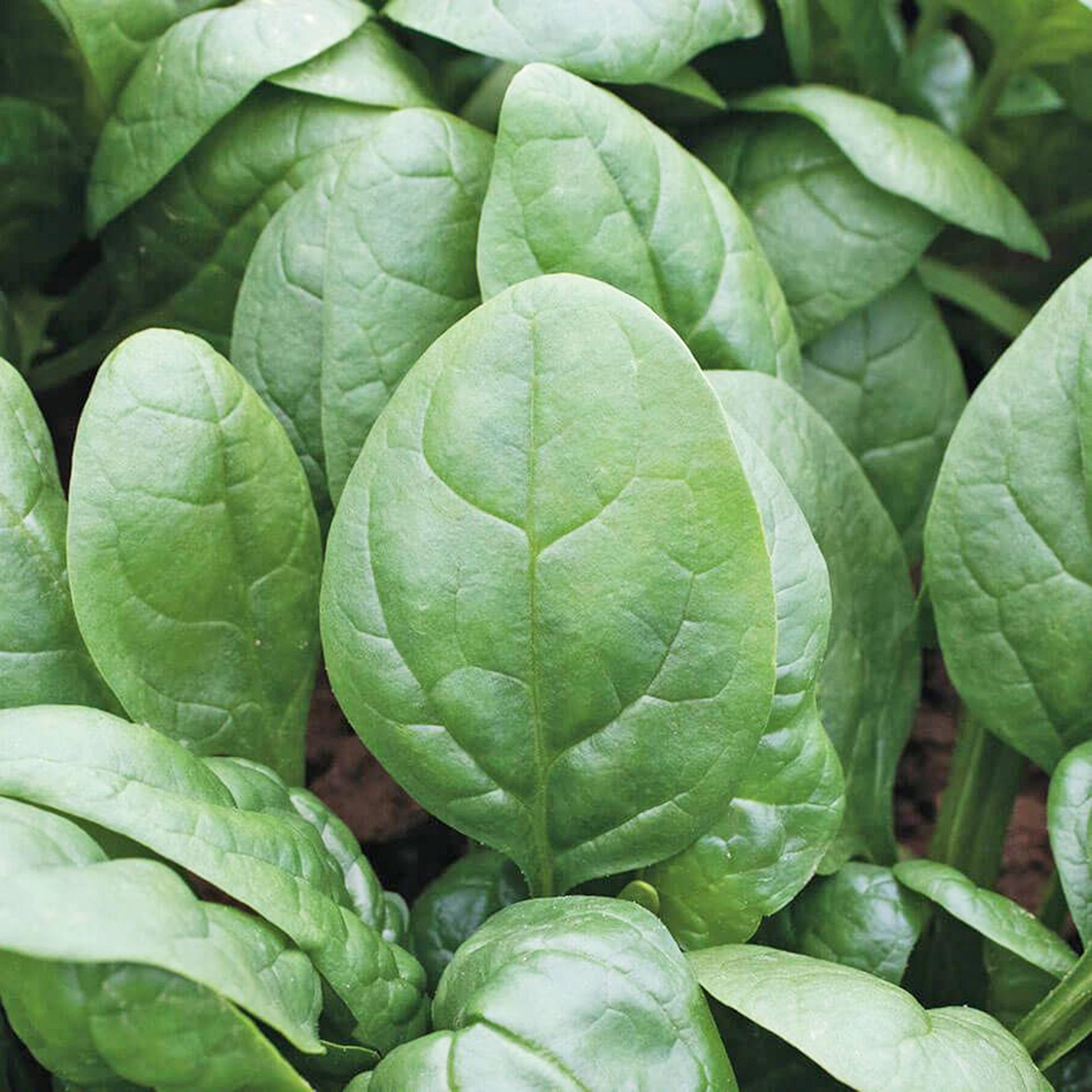 Healthy Tundra spinach plants with upright leaves in a garden bed.
Healthy Tundra spinach plants with upright leaves in a garden bed.
Essential Fall Crops: Aromatic Herbs
Herbs are utterly indispensable in my kitchen garden, especially during the fall when heartier meals like roasts, casseroles, and soups become standard fare. I typically rely on low-maintenance perennial shrubs like rosemary, mint, and sage planted directly in the ground. Shorter-lived herbs like basil, cilantro, and parsley often find a home on my kitchen windowsill. However, I’m keen to expand my in-garden herb production this season.
I adore the bright, zesty flavor that fresh cilantro adds to everything from salads and wraps to curries. While I’ve traditionally grown it in the spring, I’m aiming for a fall harvest this year by sowing seeds in early September. Choosing a variety known for vigorous growth and resistance to bolting is key. I’ve heard that a good type can be ready to start harvesting within 55 days – perfect for enjoying fresh greens as the weather cools.
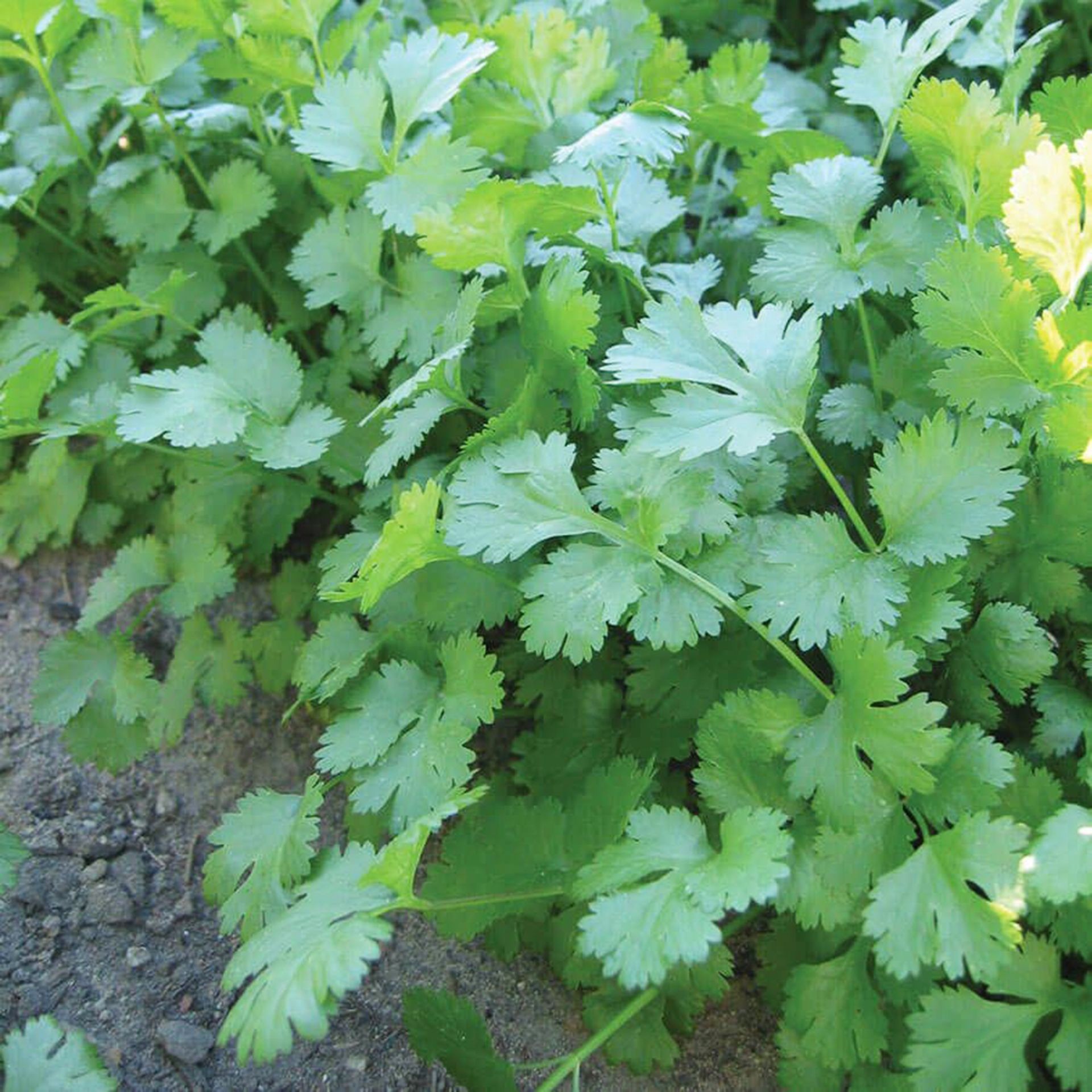 Lush green leaves of organic cilantro growing for a fall harvest.
Lush green leaves of organic cilantro growing for a fall harvest.
Fall is also an excellent time to sow parsley seeds. This crop is wonderfully cold-hardy, and planting in the autumn gives the plants a strong start, maximizing your harvesting potential before they might go to seed the following summer. This year, I’m focusing on an Italian flat-leaf organic variety to complement my love for Italian cooking. Parsley is such a versatile herb – it can elevate any plate as a fresh garnish or be incorporated into countless dishes for a burst of fresh flavor.
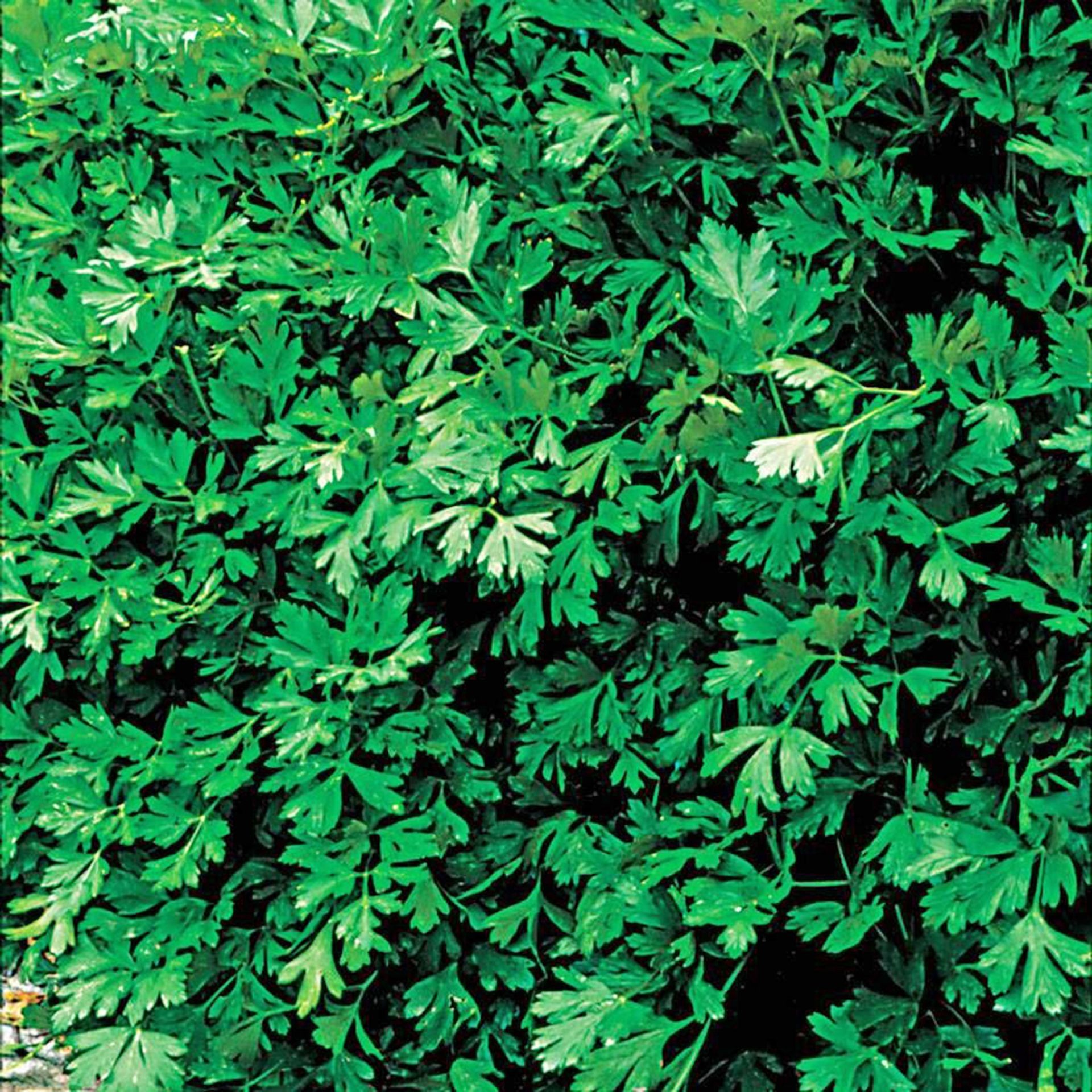 Vibrant Italian flat-leaf organic parsley growing in a garden.
Vibrant Italian flat-leaf organic parsley growing in a garden.
Though I’ve never attempted to grow thyme from seed before, it’s one of my absolute favorite herbs, so I’m eager to try this fall with some classic English organic thyme seeds. The advice is to sow them in August or September to give the seedlings a chance to establish themselves before the first frosts arrive. Even if the fall sowing isn’t entirely successful, there are usually plenty of seeds in a pack to try again in the spring!
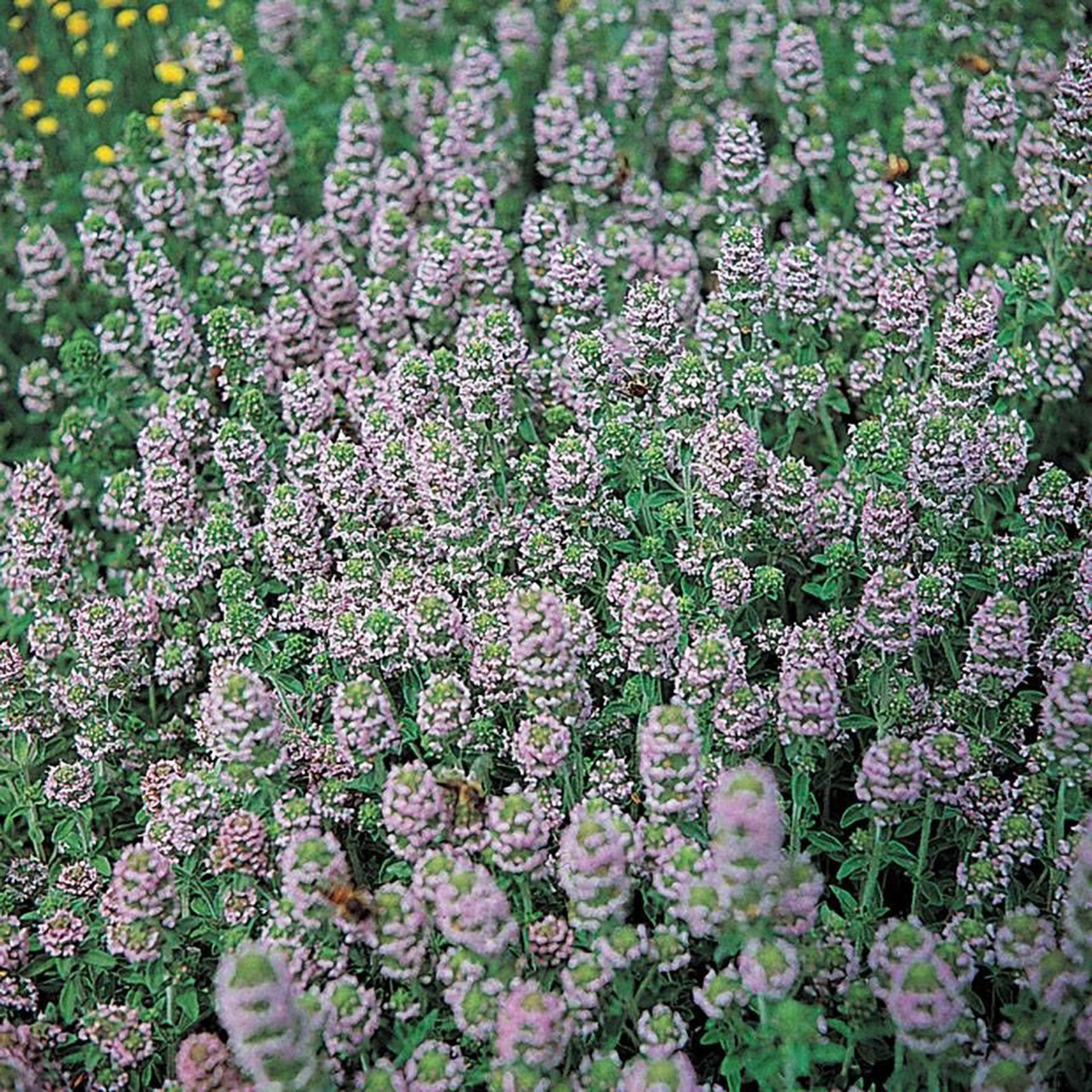 Low-growing English organic thyme plants in a sunny garden spot.
Low-growing English organic thyme plants in a sunny garden spot.
Essential Gardening Tools & Accessories
When I first began growing my own food, I wasn’t always sure which tools and products were truly essential, and I often tried to save money where I could. Over time, however, experience has taught me the value of investing in quality, multi-functional designs that are built to last. There are only a handful of truly essential gardening tools you need, so it’s wise to buy the best you can reasonably afford.
While I plan to sow some seeds directly into the garden beds, others will benefit from being started indoors in seed modules before being transplanted to their ideal spots. Instead of relying on flimsy trays that quickly fall apart, this year I’m looking at investing in a durable seed starting kit. The best ones are made from quality materials and often allow you to customize tray sizes. Look for features like an irrigation chamber in the lid that gently waters seedlings and a tray with a watering channel to prevent young plants from drying out too quickly. You can find excellent seed starting options at Biogarden.asia.
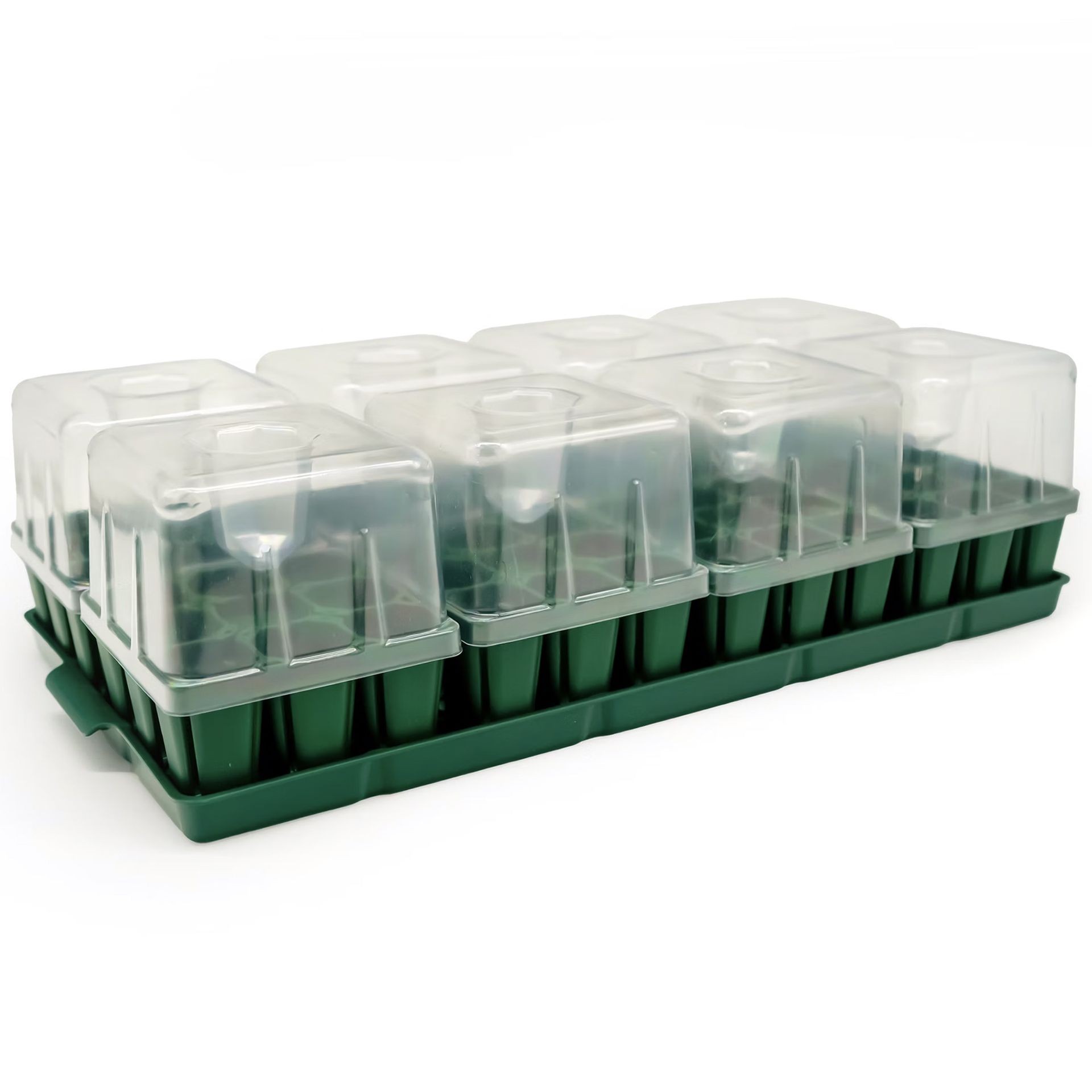 A modular seed starting kit with clear humidity dome for propagating seeds.
A modular seed starting kit with clear humidity dome for propagating seeds.
I’ve heard so many enthusiastic reviews about high-quality hori hori knives that I’m eager to experience their utility myself. This incredible 10-in-1 tool is packed with useful features – a flat and serrated blade perfect for harvesting crops, a sturdy shovel for digging, a ruler marked for measuring planting depths, and even handy extras like a nail puller and wrenches. Often, they come with a heavy-duty case that clips conveniently onto your belt for easy access in the garden. Biogarden.asia offers a fantastic version of this versatile tool.
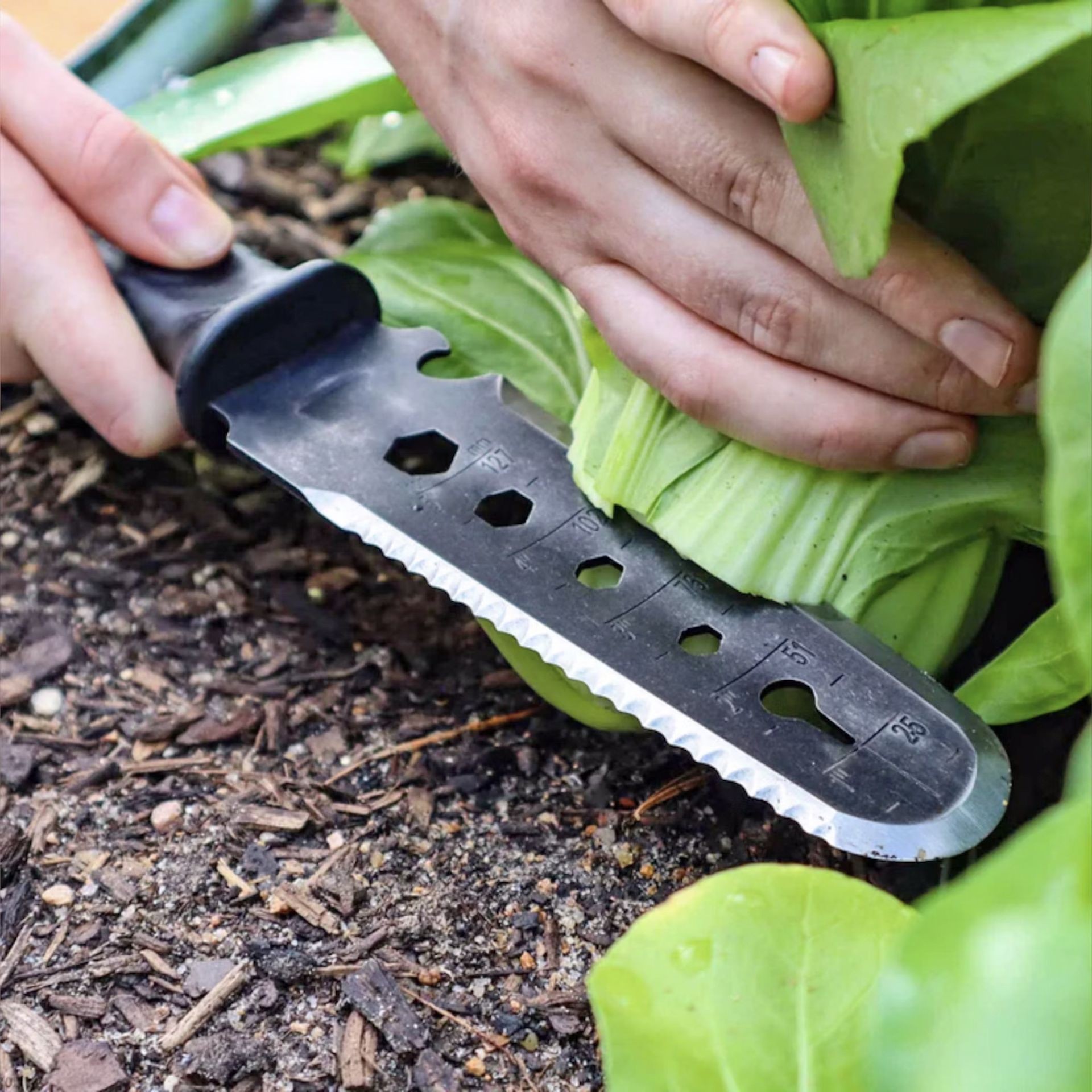 Using a versatile hori hori gardening knife to harvest leafy greens.
Using a versatile hori hori gardening knife to harvest leafy greens.
While practicality is key in the garden, I also appreciate accessories that make chores a little more pleasant and efficient. A chic, multipurpose bag, available in various appealing colors, can be ergonomically designed for comfortable carrying. These bags are incredibly useful in the garden for collecting weeds, clippings, carrying tools, or even water. They are often easy to rinse clean and can then double as a bag for trips to the market or the beach. Biogarden.asia’s collection includes stylish and practical multipurpose bags.
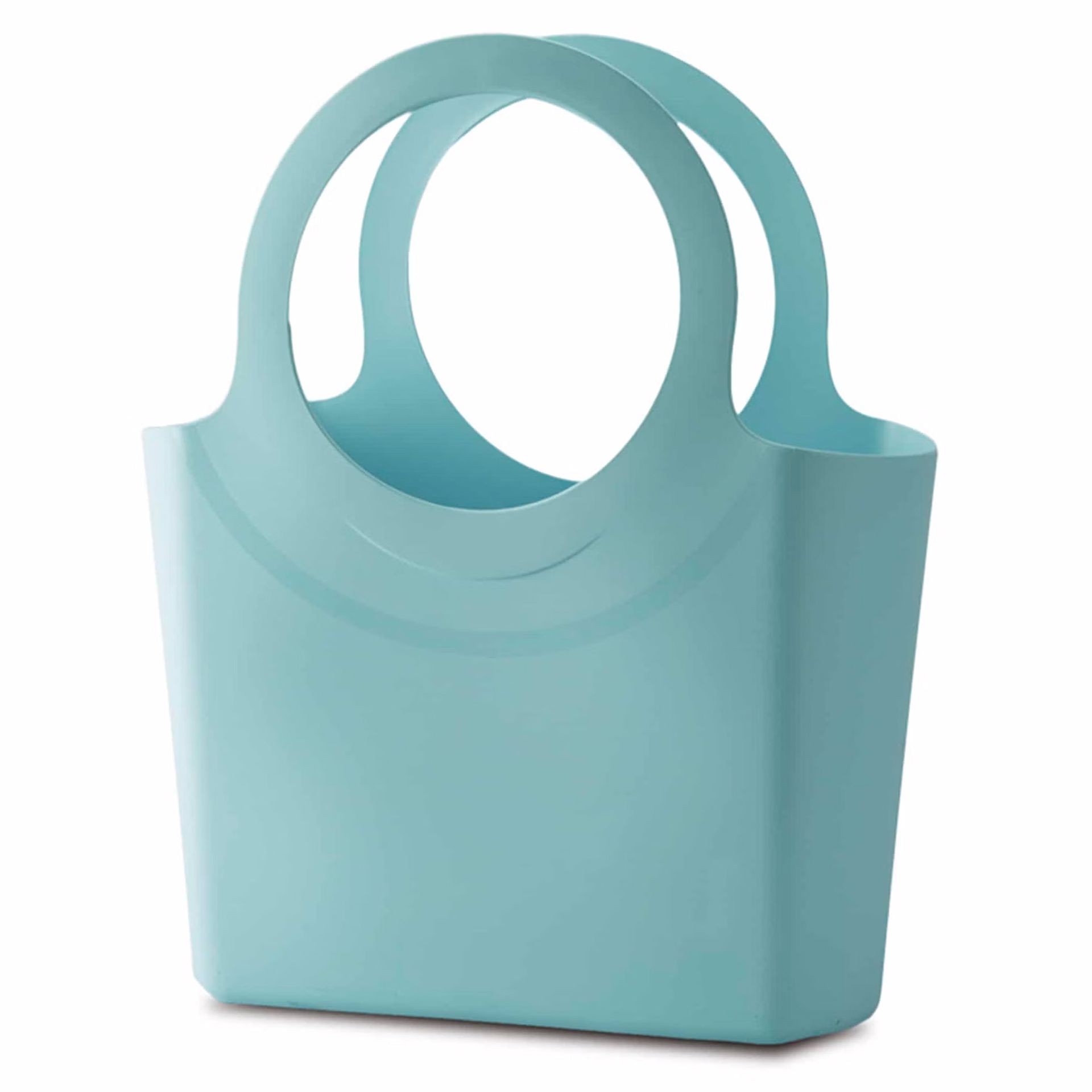 A large, durable multipurpose bag filled with garden tools and supplies.
A large, durable multipurpose bag filled with garden tools and supplies.
Maximizing Space with Planters
I am constantly seeking innovative ways to expand my available growing space, and this fall, adding a new patio planter is high on my list. Here are a few designs that have captured my interest, perfect for boosting production in limited areas.
Charming and functional herb garden beds are ideal for cultivating home-grown herbs, especially on a patio or balcony. Measuring around 17 inches tall and 24 inches wide, they offer ample space for a mix of annual herbs or even a single, more established perennial shrub. Look for beds made from durable, corrosion-resistant metal that is food-safe and often recyclable. Having them in a twin pack allows for attractive placement, perhaps flanking a back door, providing easy access to fresh herbs. Biogarden.asia features stylish herb garden beds like these.
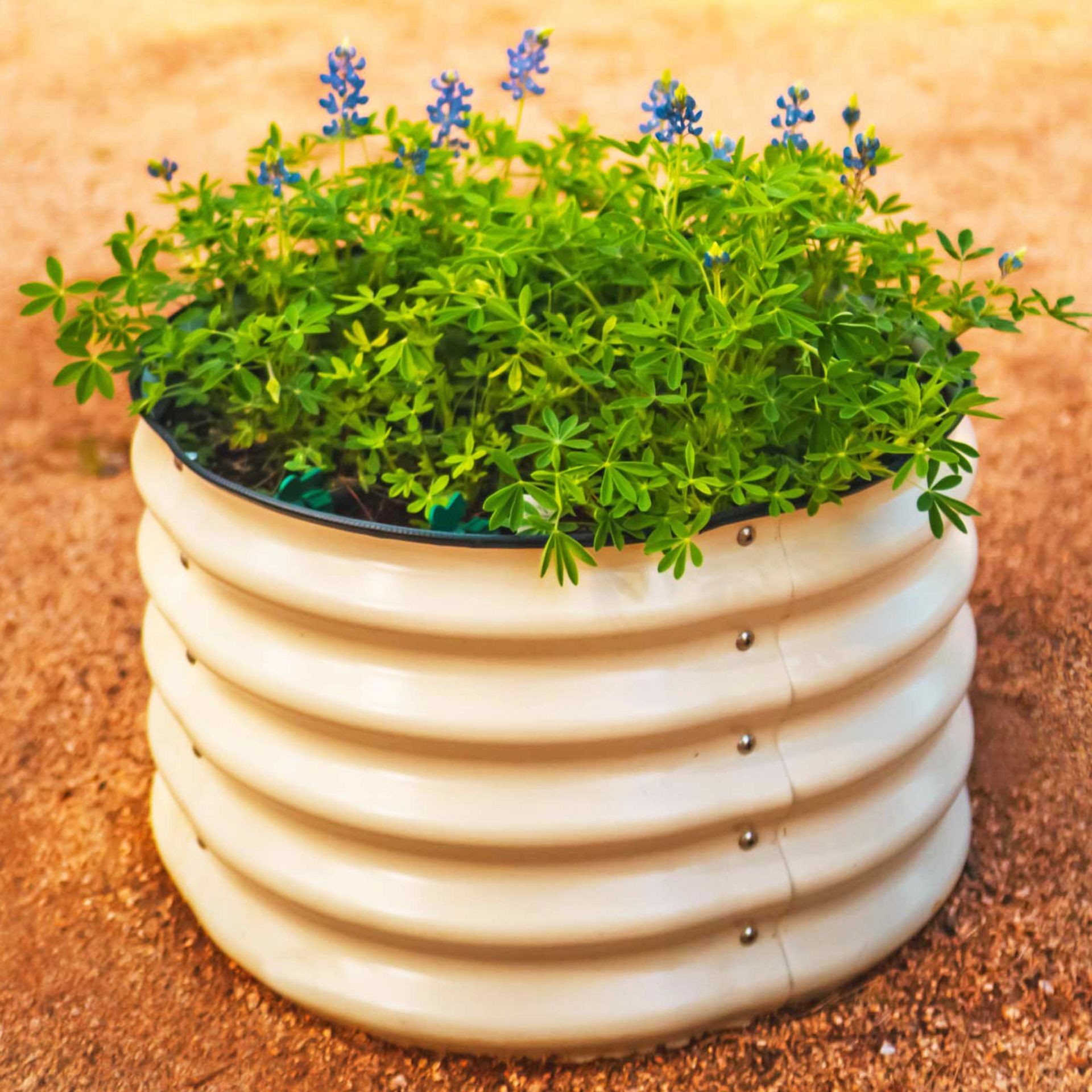 Tall metal raised garden beds designed for growing herbs on a patio.
Tall metal raised garden beds designed for growing herbs on a patio.
A stylish planter box with a modern slatted design offers a contemporary twist on classic wooden planters. What makes certain models particularly appealing is built-in self-watering technology. These planters incorporate a reservoir at the base, which allows plants to draw water up from the roots as needed. This method encourages plants to develop deeper, healthier root systems and is a lifesaver during busy periods when keeping up with watering can be a challenge. Find sophisticated self-watering planters at Biogarden.asia.
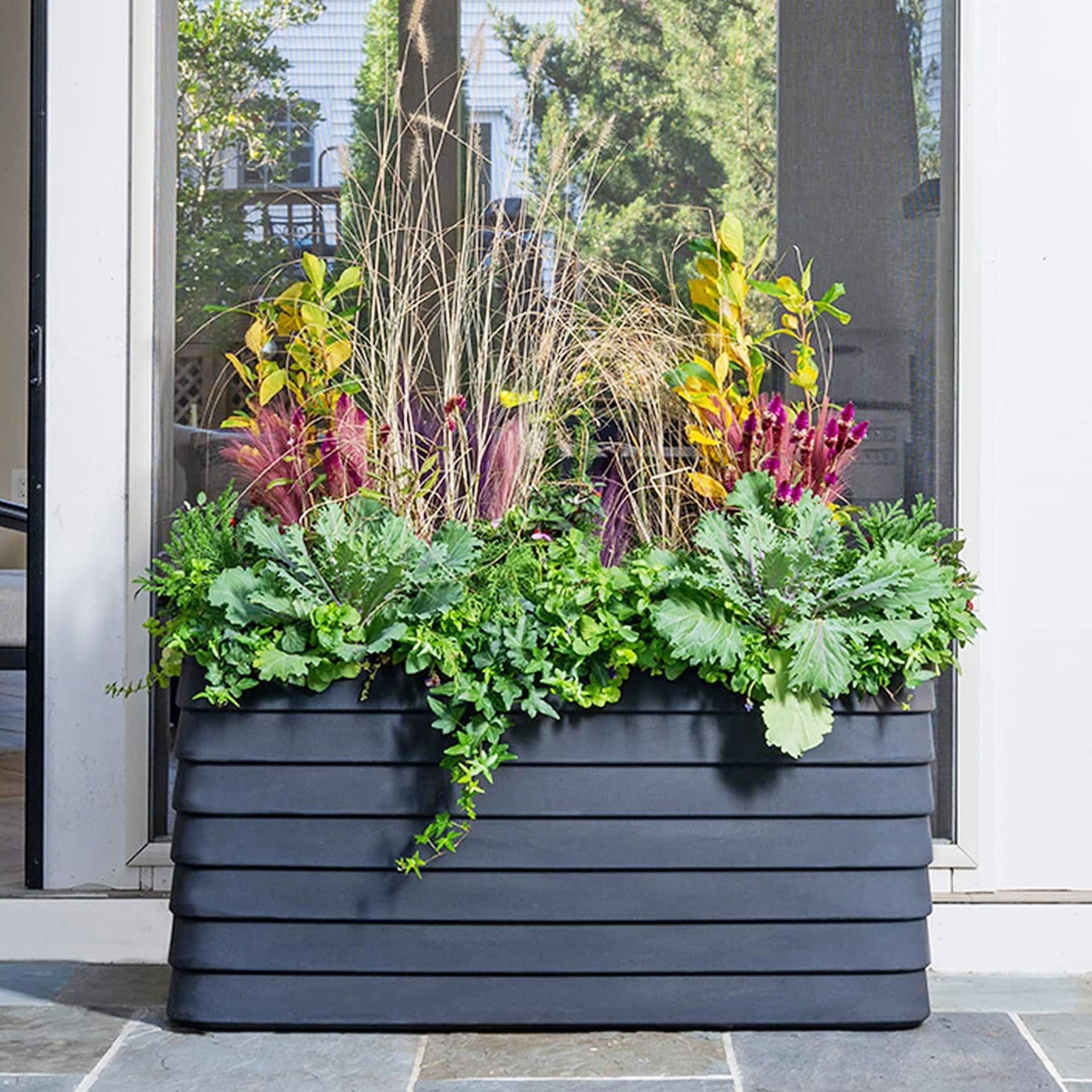 A modern self-watering planter box with slatted design, ideal for patios.
A modern self-watering planter box with slatted design, ideal for patios.
Even though my daughter is only two, I believe it’s never too early to spark a love for gardening. Encouraging her to spend time outdoors and learn where her food comes from is important to me. A dedicated ‘Kids’ First Garden Bed’ would be a wonderful way to involve her. Measuring about 17″ tall, 2ft deep, and 3.5ft wide, these beds are surprisingly spacious yet accessible for children. A bed this size can comfortably accommodate several carrot plants in the fall, offering a great starting point, and then switch to growing a few tomato plants in the summer. I can’t wait to start planting these with her! Biogarden.asia offers perfect options for starting a children’s garden.
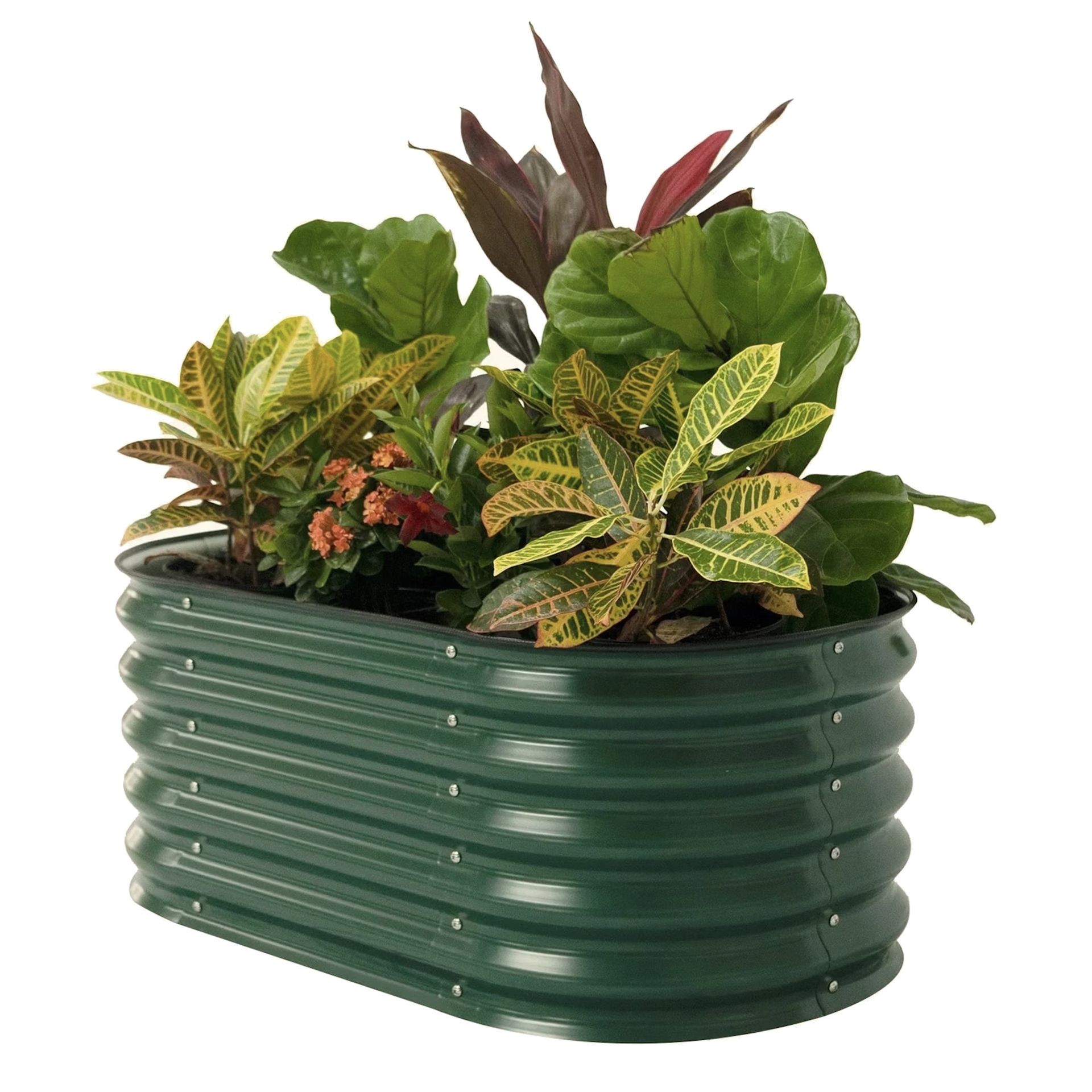 A low raised garden bed designed for children to start their gardening journey.
A low raised garden bed designed for children to start their gardening journey.
Get Ready for a Productive Fall Garden
Planning and planting a fall vegetable garden is a rewarding experience that extends the gardening season and provides fresh, delicious produce well into the cooler months. By selecting the right cool-season crops – from versatile root vegetables and nutritious leafy greens to aromatic herbs – and equipping yourself with quality tools and space-saving planters, you can transform even a small area into a productive fall oasis. Embrace the opportunity to grow your own food and enjoy the unique flavors of a fall harvest.
Ready to start planning your fall garden? Explore the wide range of high-quality seeds, essential gardening tools, and innovative planters available at Biogarden.asia. We have everything you need to make your fall gardening dreams a reality. Happy planting!



